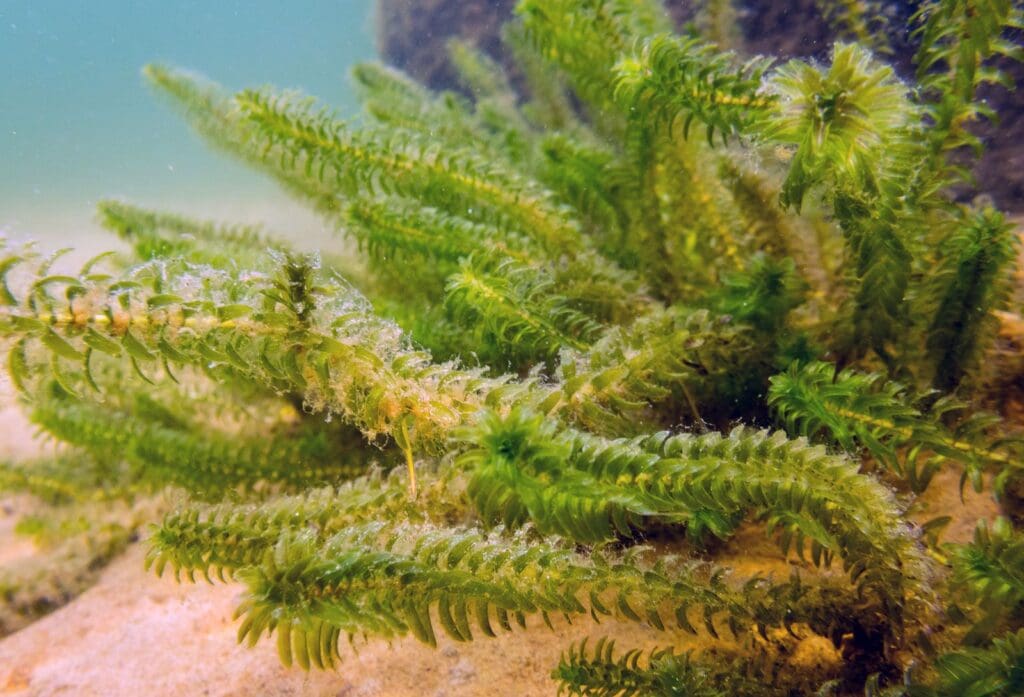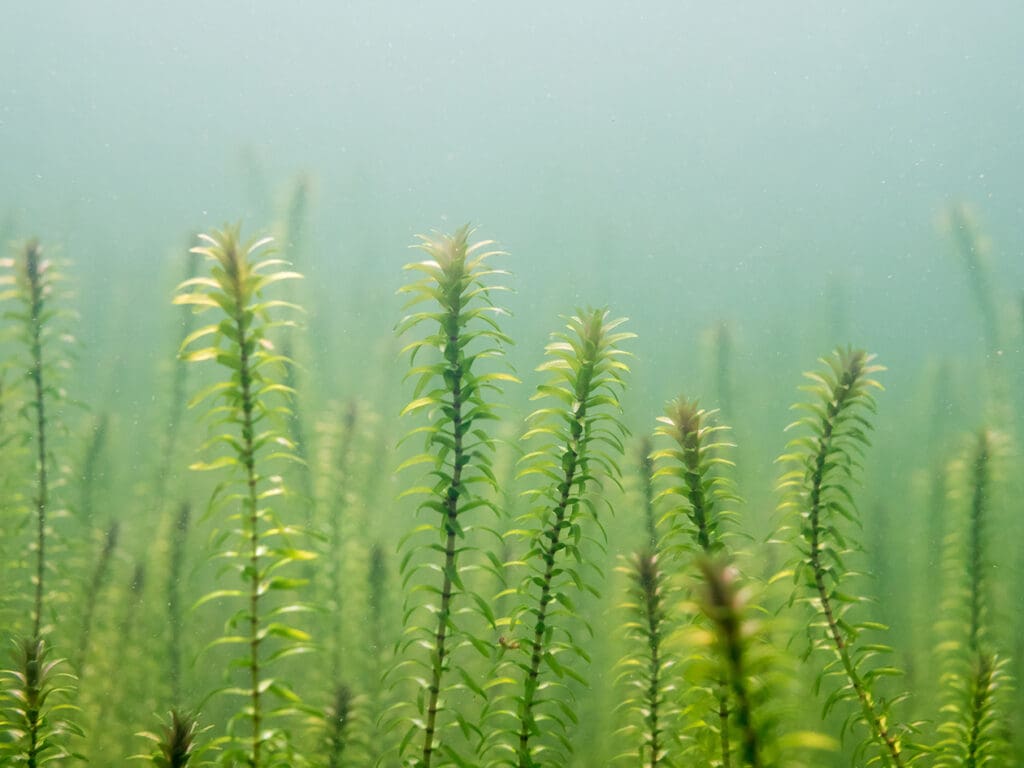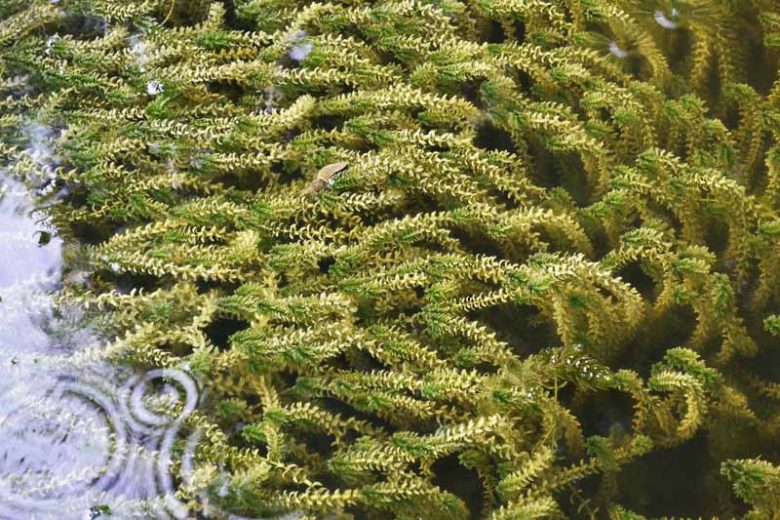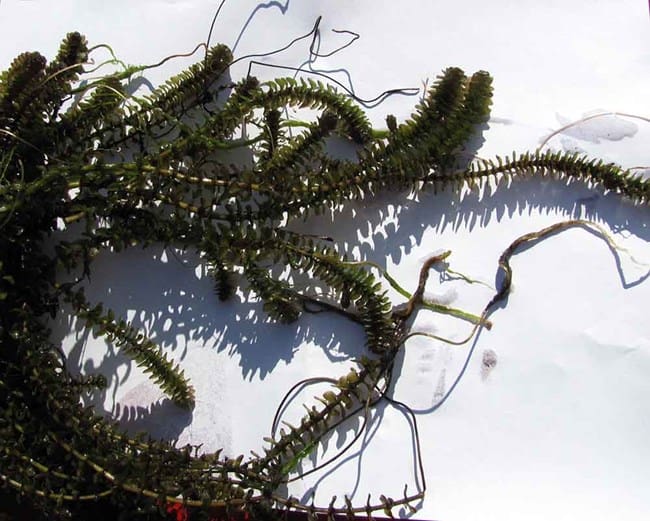In the realm of aquatic flora, the Canadian water plant, not as widely recognized as its familiar contemporaries, commands attention due to its unique characteristics and ecological role. This article unfolds the distinct features, habitat preferences, and ecological responsibilities of the Canadian water plant, contributing a thorough understanding of this particular species. You will glean knowledge of its botanical qualities, growth patterns, and influential role in its aquatic ecosystem, evoking deeper appreciation for the intricate balance of nature embodied by this Canadian marvel.

Definition of Canadian Water Plant
Formally acknowledged as elodea canadensis
The Canadian Water Plant, scientifically known as Elodea canadensis, is an aquatic plant species that has been historically recognized in botanical studies. Although commonly associated with Canada due to its nomenclature, it is prevalently found throughout Northern America and other parts of the globe due to dispersal and introduction.
Common naming practice
The Canadian Water Plant bears several names across various regions due to local customs and vernacular language. Some common names include: American waterweed, Canadian pondweed, or simply elodea. Although the variety of names may cause confusion among non-specialists, the universal scientific name creates uniformity in botanical discussion.
Distribution and origin in Northern America
Originally, Elodea canadensis is indigenous to Northern America, particularly within the near arctic and temperate regions of Canada and the northern United States. Over time, its presence in other parts of the world such as Europe and Asia has been recorded due to natural means or human introduction.
Botanical Description of Canadian Water Plant
Physical appearance
Distinctively, the Canadian Water Plant is a submerged perennial plant with branching stems that grow up to 3 meters in length. The leaves, ranging from a vibrant green to a darker hue, are whorled in clusters of three around the stem and are slender and pointed at the tip.
Length and width
The length of the stem can extend to impressive lengths, usually reaching up to 3 meters, although in slower-flowing water, it may stretch even further. Width measurements noticeably differ between the stem, which is narrow, and the leaves, which extend to a width of approximately 10mm.
Differentiating characteristics from other aquatic plants
Elodea canadensis can be distinguished from other aquatic plant species by its whorled leaf arrangement and its dense bush-like appearance compared to the sparse or alternate leaf arrangement of other species. Additionally, its unique crystalline cellulose makeup under the microscope further corroborates its differentiation.
Habitat and Growing Conditions of Canadian Water Plant
Natural habitat
The Canadian Water Plant flourishes in freshwater environments. Well-suited to still or slowly moving water bodies, it proliferates in habitats such as lakes, ponds, streams, and ditches.
Preferred growing conditions
With robust resilience and adaptability, the plant accommodates a wide range of substrates including sand, silt, or even rocky substrates but seems to prefer nutrient-rich conditions. Its robust nature contributes to its potential invasiveness.
Temperature and light requirements
As a hardy aquatic plant native to the temperate regions, Elodea canadensis can withstand a considerable temperature range. It thrives in waters between 10 to 25 degrees Celsius and has a notable light requirement, growing best in full to partial sunlight.
Role in the Ecosystem
Nutritional value for aquatic animals
One of the essential roles of the Canadian Water Plant in its ecological niche is serving as food for various aquatic animals such as ducks and geese. Additionally, it is consumed by a few fish species, water snails, and insects, providing a vital component of their diet.
Contribution to the food chain
On a larger scale, Elodea canadensis contributes to the aquatic food chain by acting as a primary producer. Through photosynthesis, it creates energy that is transferred up the food chain when it is consumed by herbivorous species.
Impact on water quality
The Canadian Water Plant plays a pivotal role in water purification. By absorbing surplus nutrients and sediments, it aids in reducing turbidity and improving water clarity. Furthermore, through the process of photosynthesis, it oxygenates water, benefiting other aquatic organisms.

Influence on Surrounding Flora and Fauna
Interaction with other aquatic plants
In the aquatic system, the Canadian Water Plant coexists with other plant species. However, due to its dense growth, it may overshadow other plants, impeding their access to sunlight and potentially leading to a decrease in biodiversity.
Impact on local fish population
Elodea canadensis creates a haven and breeding ground for several fish species. It offers shelter and protection for smaller fish, while also serving as a spawning site for others. Nevertheless, excessive proliferation can negatively affect some fish species by disrupting their habitat.
Coexistence with water insects and crustaceans
The Canadian Water Plant also provides a habitat and breeding sites for several water insects and crustaceans. The dense foliages offer shelter, improve survival rate, and promote the growth of their populations.
Reproduction Method of Canadian Water Plant
Sexual and asexual methods
Elodea canadensis possesses the ability to reproduce both sexually and asexually. In sexual reproduction, the plant forms small white flowers that float on the water’s surface. However, asexual reproduction is the predominant method, with fragmentation being the primary means. This occurs when plant parts break off and get dispersed by water currents.
Flowering habits
During sexual reproduction, the Canadian Water Plant forms floating white flowers connected to the parent plant by a slender stalk. Each flower consists of three small white petals and three green sepals, creating an elegant, albeit small, floral display.
Seed dispersal
While seed production and dispersal in Elodea canadensis is observed, it is relatively scarce compared to vegetative propagation. Seeds are generally dispersed by water currents, among other factors like waterfowl, aiding in geographic extension.

Common Uses of Canadian Water Plant
As a freshwater aquarium plant
Owing to its appealing appearance and low maintenance, the Canadian Water Plant is popular among aquarium hobbyists. In addition to aesthetic intrigue, it oxygenates the water and detoxifies harmful substances, improving the overall health of the aquarium.
Educational use in studying photosynthesis
Given its attribute of being a rapid oxygenator, the plant is commonly used in educational settings to demonstrate the process of photosynthesis. Under light, students can observe oxygen bubbles produced by the plant, better visualizing this fundamental biological process.
Use in waste water treatment
The efficient nutrient absorption capability of Elodea canadensis makes it useful in waste water treatment. By uptaking excess nitrogen and phosphorus, it helps maintain water quality and promotes the ecosystem’s stability.
Issues and Challenges with Canadian Water Plant
Invasive nature
Despite its benefits, the growth vigour and high adaptability of the Canadian Water Plant can present challenges. Its invasive nature is a concern as it can quickly crowd out native species, reducing biodiversity and potentially disrupting the balance of the ecosystem.
Effects on bodies of water
In excessive amounts, the plant may obstruct waterways and navigation, affecting recreational activities like boating and fishing. Moreover, its decomposition can de-oxygenate water, leading to fish kills and a degradation of water quality.
Control and management solutions
Various control methods have been employed to curb its proliferation. Mechanical removal, though labor-intensive, proves effective for smaller infestations. Biological control using plant-eating fish and insects is another method, though these need careful management to avoid potential ecological impacts.

Culinary and Medicinal Uses of Canadian Water Plant
Nutritional values
While not a staple in human diet, some parts of the plant are edible and possess considerable nutritional value. It is said to contain essential vitamins and minerals, thus can be an enriching addition to diets when prepared appropriately.
Preparation methods
In culinary use, the plant can be cooked similarly to other leafy greens or used raw in salads. It could also be a viable component in smoothies or juices, offering a unique flavor and nutritive boost.
Medicinal properties
While the exact medicinal properties of Elodea canadensis are yet to be scientifically endorsed, some suggest that it contains bioactive compounds with potential therapeutic benefits. As with all natural remedies, one should take precautions and consider professional advice before self-administering.
Conservation Status and Efforts
Current conservation status
As of the current understanding, the Canadian Water Plant is not under any significant threat and hence does not have a conservation status under the International Union for Conservation of Nature (IUCN) Red List. However, it is essential to monitor the plant due to its potential invasiveness.
Potential threats
The major threat to Elodea canadensis is habitat destruction due to human activities. Pollution, drainage of water bodies, and inappropriate chemical use can negatively impact the plant’s populations.
Conservation efforts
Conservation measures typically aim at maintaining balanced populations of the plant. Actions are generally centered on managing its growth and maintaining ecological stability, rather than conserving the plant per se, due to its intrinsic potential to become invasive. Nevertheless, efforts to conserve wetland environments and clean water bodies inherently support its growth.
